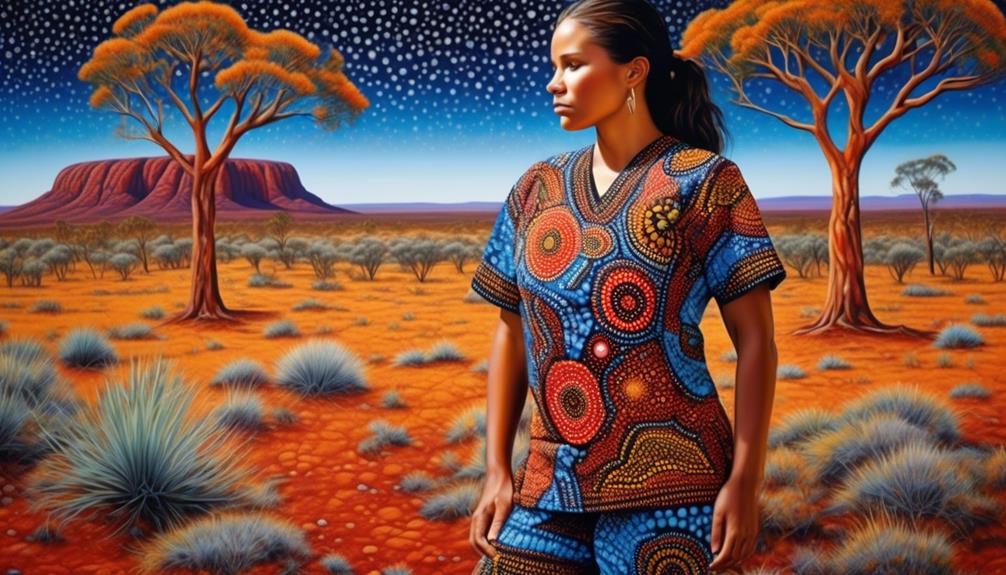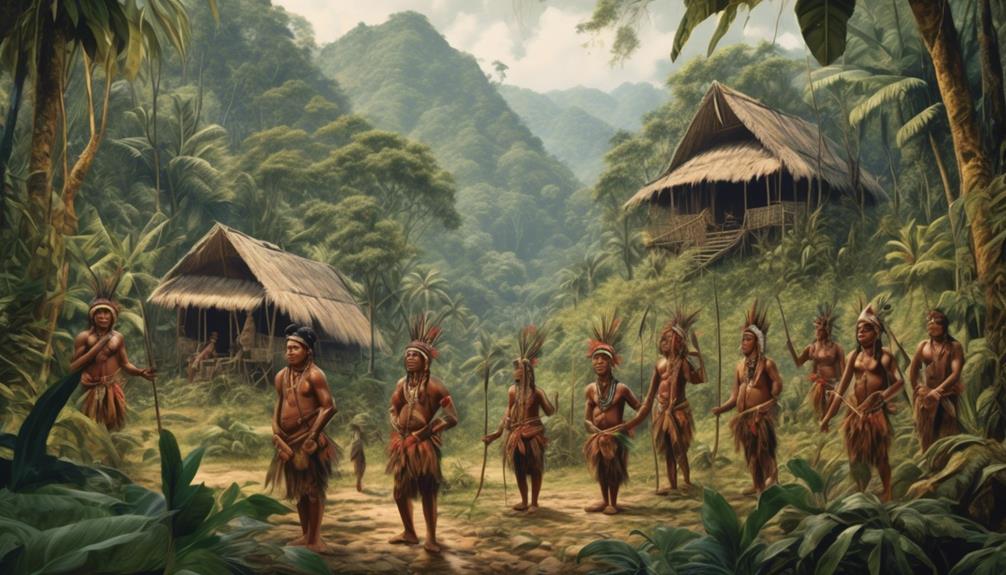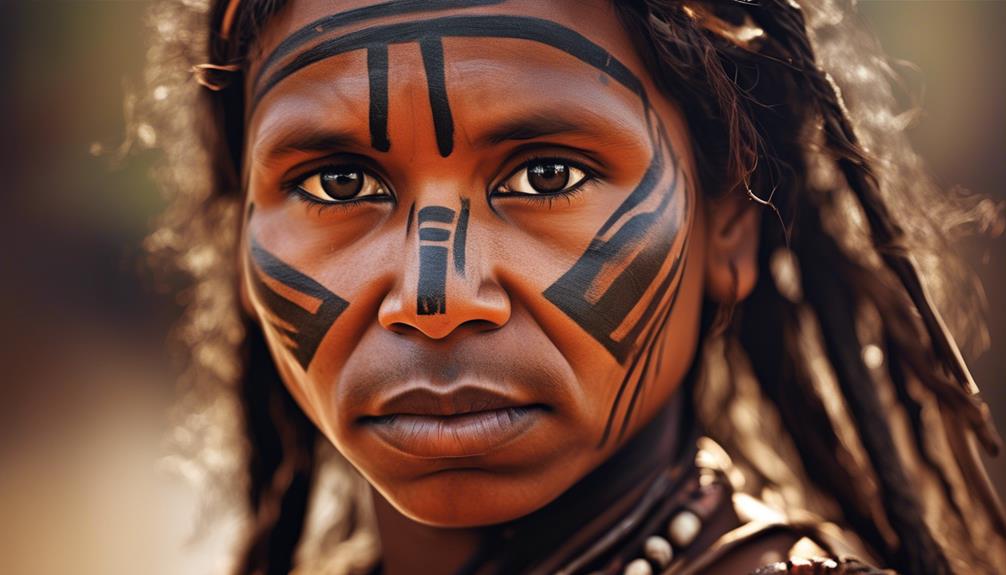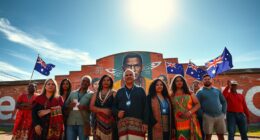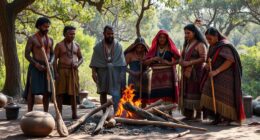It may not be widely known, but distinguishing between indigenous and ethnic identities is a complex and often misunderstood topic. Understanding the nuances and implications of these terms is crucial for promoting inclusivity and improving understanding in our diverse society.
As you consider the implications of these identities, you'll find that delving into the historical context, cultural significance, social implications, and contemporary perspectives will provide valuable insights into the complexities of this important topic.
Key Takeaways
- Colonial impact on Indigenous communities led to disruptions in cultural practices, social structures, and political autonomy.
- Indigenous cultures have a deep connection to the land and place significance on the preservation of traditional languages and oral histories.
- Ethnic communities often have a varied cultural identity influenced by migration, acculturation, or assimilation, resulting in a blend of traditional practices with those of the dominant society.
- Both Indigenous groups and Ethnic communities face challenges such as discrimination, marginalization, and the preservation of cultural heritage within larger societies.
Historical Context: Indigenous and Ethnic Identities
In examining the historical context of Indigenous and Ethnic identities, it's important to consider the complex interplay of cultural, social, and political factors that have shaped these distinct identities over time.
The colonial impact on Indigenous communities often resulted in significant disruptions to their cultural practices, social structures, and political autonomy. This led to a struggle for cultural preservation as Indigenous groups fought to maintain their traditions and values in the face of colonial dominance.
On the other hand, ethnic identities have been shaped by a different set of historical circumstances, often characterized by migration, assimilation, and the blending of cultural influences.
The colonial impact on Indigenous communities led to the imposition of new social hierarchies, legal systems, and economic structures that marginalized Indigenous peoples and threatened the preservation of their cultural heritage.
In contrast, ethnic identities have been influenced by the interaction and integration of diverse cultural elements, resulting in unique hybrid identities that reflect the complex interplay of different cultural traditions.
Understanding the historical underpinnings of Indigenous and Ethnic identities provides valuable insights into the ongoing struggles for cultural preservation and the resilience of these diverse communities.
Cultural Significance: A Comparative Analysis
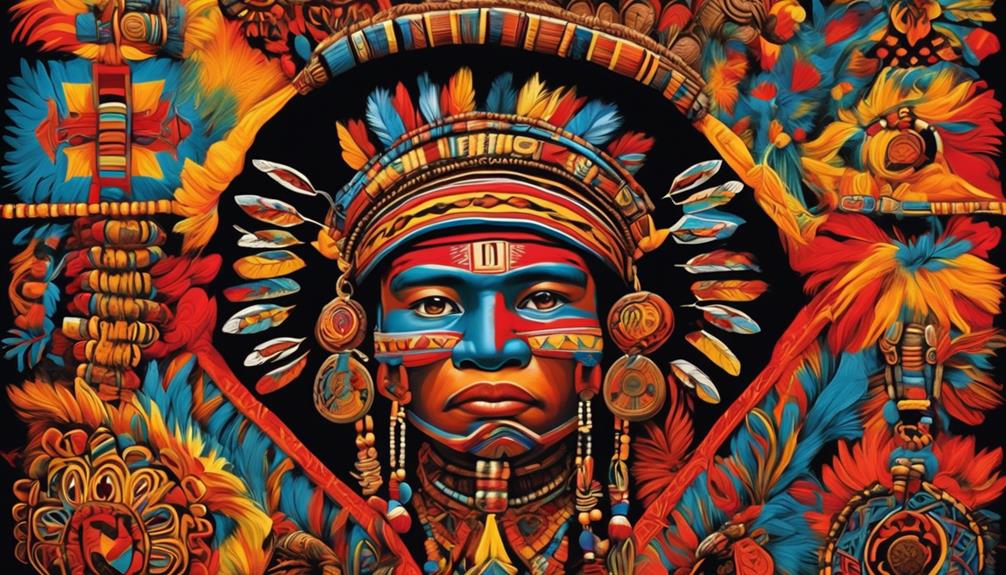
The historical context of Indigenous and Ethnic identities sets the stage for a comparative analysis of their cultural significance, revealing the complex interplay of cultural, social, and political factors that have shaped these distinct identities over time.
When comparing the cultural significance of Indigenous and Ethnic identities, it's essential to consider their respective cultural identities and traditional practices. Indigenous cultures often emphasize a deep connection to the land, preservation of traditional languages, and the passing down of oral histories through generations.
In contrast, Ethnic communities may have a more varied cultural identity influenced by migration, acculturation, or assimilation, leading to a blend of traditional practices with those of the dominant society.
Understanding the cultural significance of these identities requires a nuanced examination of how traditional practices are preserved, adapted, or lost over time. This comparative analysis sheds light on the resilience and adaptability of Indigenous and Ethnic cultures, providing a deeper understanding of the intricate dynamics that shape their cultural significance.
Social Implications: Challenges and Resilience
Considering the social implications of Indigenous and Ethnic identities reveals the challenges they face and the resilience they exhibit in navigating cultural, economic, and political landscapes.
Both Indigenous and Ethnic communities often grapple with identity politics, where their distinct cultural and historical backgrounds intersect with the dominant societal norms. Indigenous groups frequently confront issues of land rights, self-governance, and preservation of traditional practices in the face of modernization.
On the other hand, Ethnic communities encounter struggles related to discrimination, marginalization, and the preservation of their cultural heritage within larger, more homogenized societies.
Despite these challenges, both groups demonstrate remarkable resilience through community empowerment initiatives aimed at preserving their languages, customs, and traditions. This resilience is evident in the efforts to establish cultural centers, advocate for policy changes, and promote educational programs that celebrate their unique identities.
Contemporary Perspectives: Representation and Recognition
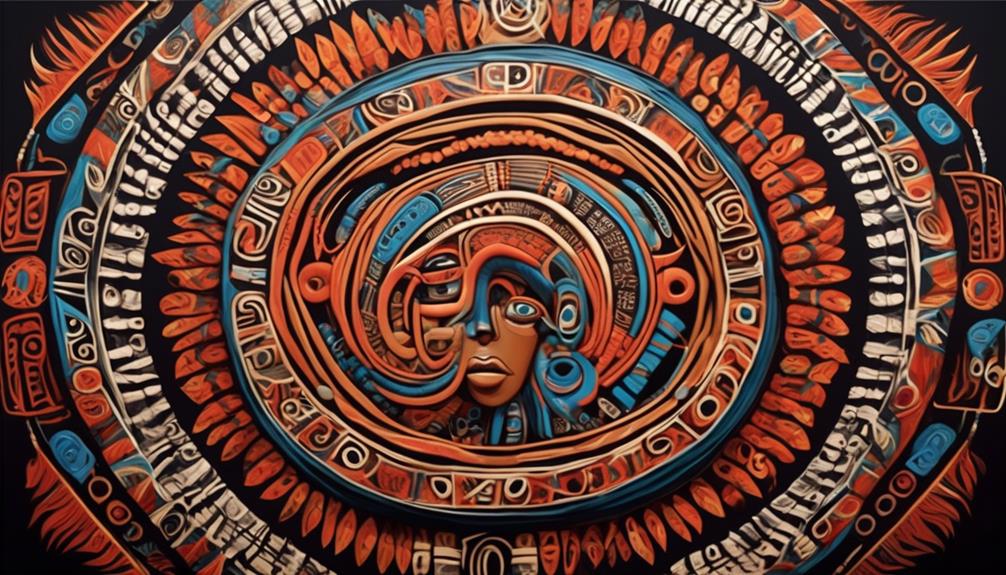
Navigating the contemporary landscape, Indigenous and Ethnic communities continue to seek representation and recognition, shaping their identities amidst societal norms and challenges. In the realm of representation, both Indigenous and Ethnic groups advocate for accurate and diverse portrayals in media, politics, and education. They seek to move beyond stereotypes and misconceptions, aiming for a comprehensive reflection of their multifaceted cultures and histories. This pursuit of representation is pivotal in fostering a more inclusive society that celebrates the richness of diversity.
Recognition plays a vital role in the construction of identity for both Indigenous and Ethnic communities. It involves acknowledging the unique experiences, traditions, and contributions of these groups within the larger social fabric. Recognition validates their existence and affirms their significance in shaping the collective identity of a nation. It also lays the foundation for meaningful dialogue and collaboration, fostering a sense of belonging and empowerment.
In contemporary perspectives, the quest for representation and recognition is interconnected with the broader societal discourse on diversity and identity. Both Indigenous and Ethnic communities continue to advocate for their rightful place in the narrative of humanity, striving for equity and understanding in a world that's increasingly interconnected.
Moving Forward: Fostering Inclusivity and Understanding
To foster inclusivity and understanding, it's essential to actively engage with diverse perspectives and experiences, recognizing the value they bring to the collective tapestry of society.
Fostering dialogue between indigenous and ethnic groups is crucial for promoting empathy and breaking down barriers that hinder mutual understanding. This involves creating platforms for open and respectful discussions where individuals from different backgrounds can share their stories, challenges, and aspirations. By doing so, a deeper appreciation for the richness of diverse cultures and traditions can be cultivated, leading to a more inclusive society.
Furthermore, promoting empathy is vital in moving forward. It's important to recognize and acknowledge the historical and present-day injustices faced by indigenous communities and ethnic minorities. This understanding can pave the way for meaningful actions that address systemic inequalities and empower marginalized groups.
Additionally, promoting empathy involves actively listening to the concerns and needs of diverse communities, and taking steps to amplify their voices in decision-making processes. Through these efforts, a more cohesive and harmonious societal framework can be established, where inclusivity and understanding are embraced and celebrated.
Frequently Asked Questions
How Do Indigenous and Ethnic Identities Differ in Terms of Historical Experiences and Colonization?
In terms of historical experiences and colonization, indigenous identities are often associated with resistance against colonization. Indigenous communities have fought to maintain their traditional ways of life, often facing violence and displacement.
On the other hand, ethnic identities may involve assimilation into the dominant culture. Ethnic groups have historically assimilated into the dominant culture in order to survive and thrive.
These differing experiences have shaped the distinct paths of indigenous and ethnic identities.
What Are Some Specific Cultural Practices and Traditions That Distinguish Indigenous and Ethnic Communities?
Specific cultural practices and traditions play a significant role in distinguishing indigenous and ethnic communities. These practices are deeply intertwined with their identities and serve as a means of preserving their heritage.
However, these communities also face challenges in maintaining these traditions in the face of modernization and globalization.
Understanding the nuances of these cultural practices and traditions is crucial in appreciating the diversity and richness of these communities.
What Are Some Common Challenges Faced by Indigenous and Ethnic Communities in Today's Society?
Common challenges faced by indigenous and ethnic communities in today's society include systemic discrimination and socioeconomic disparities.
For instance, systemic discrimination often manifests in unequal access to education and healthcare, while socioeconomic disparities result in limited economic opportunities and inadequate resources.
These challenges create barriers to social and economic advancement, perpetuating cycles of inequality and marginalization for indigenous and ethnic communities.
How Are Indigenous and Ethnic Communities Represented in Media and Popular Culture?
Representation in media is crucial for indigenous and ethnic communities. It can either perpetuate stereotypes and cultural appropriation or promote cultural preservation and awareness of traditional knowledge. Systemic discrimination often limits their accurate portrayal.
Comparatively, ethnic communities may have more visibility, but still face challenges. Media should strive for accurate and respectful representation, fostering understanding and appreciation of diverse cultures.
What Are Some Actionable Steps for Promoting Inclusivity and Understanding Between Indigenous and Ethnic Communities?
Promoting dialogue and building bridges between indigenous and ethnic communities involves acknowledging their unique histories and cultures. Encouraging open conversations, fostering mutual respect, and creating opportunities for collaboration are actionable steps.
Conclusion
In conclusion, the distinction between indigenous and ethnic identities is complex and multifaceted, with historical, cultural, and social implications.
As we strive for inclusivity and understanding, it's important to ask ourselves: how can we better recognize and represent the diverse experiences and contributions of indigenous and ethnic communities?
By acknowledging and valuing their unique perspectives, we can work towards a more equitable and inclusive society.

